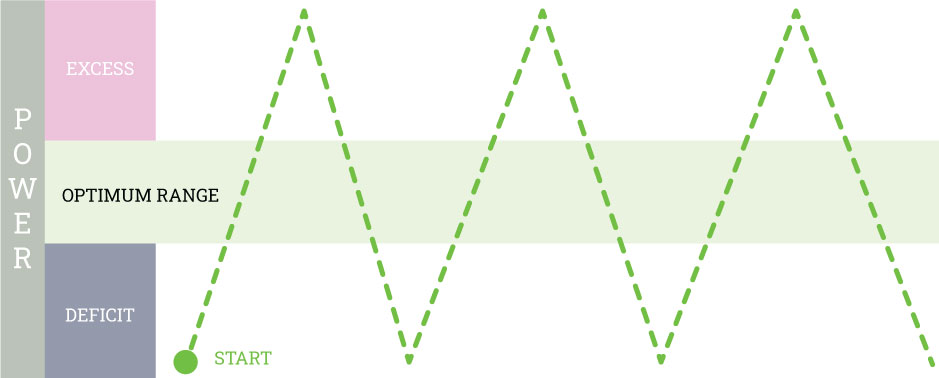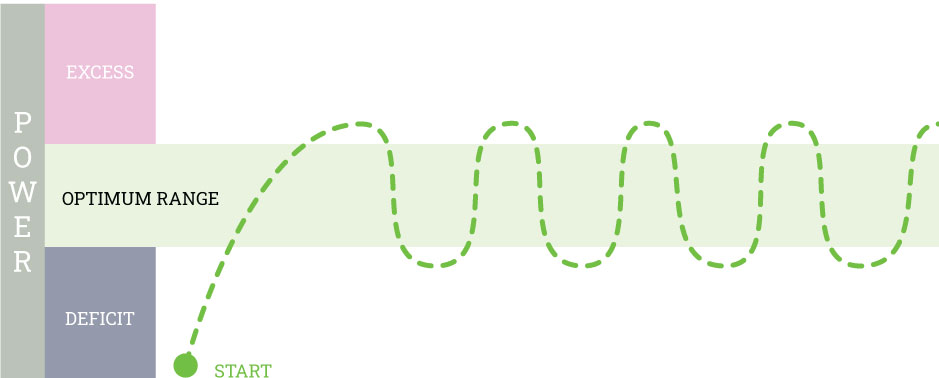Whenever a new technology comes around, there is bound to be some confusion about its purpose. Whether because of bad marketing or a lack of thorough explanation, the intended audience misses the intended message.
One such new technology is the Inverter refrigerator. They have been trending for a while now – and for good reasons. They can save you a lot of money in the long compared to their non-inverter counterparts. However, most people do not understand how inverters work, and thus several myths about inverter fridges persist up to today.
In this article, I will explain how an inverter refrigerator works, and we will also demystify the common myths surrounding this technology.
How an inverter refrigerator works
Refrigerators work by continuously evaporating and condensing a refrigerant gas (called Freon) through the copper tubes running inside the fridge. As the Freon evaporates, it produces a cooling effect that “absorbs” the heat inside the compartments of the fridge. This gas is pumped by the compressor, and thus most of the energy costs goes towards the operation of the compressor.


A non-inverter fridge maintains the temperature in the room by operating its compressor in a start-stop manner with its thermostat calling the shots. This is why you hear your fridge roaring back to life after a few moments of it being silent. Considering that the compressor uses the most amount of power during startup, a lot of energy is wasted since non-inverter compressors stop and start multiple times a day.
In contrast, an inverter refrigerator controls the frequency of the incoming electrical current that goes to the compressor which allows the fridge to operate at varying speeds – not just start and stop. In effect, the inverter compressor does not completely shut off. Instead, it operates at a lower speed to maintain the set temperature. This is how it saves energy.
Common misconceptions about inverter refrigerators
Because the inverter technology is still in its nascent stages in the Philippines, few can explain how this technology operates and what its pros and cons are. Here are the most common myths surrounding inverter refrigerators. I will do my best to debunk these myths.
1. Some inverters are mechanical and some are digital
One common misconception about inverter refrigerators is that some are equipped with “mechanical” inverters while one brand (ehem…Samsung) is the only one equipped with a Digital inverter. This is because Samsung’s proprietary inverter technology is named the “Digital Inverter”. Hence, logic follows that if there is a digital inverter, then surely there is a non-digital (mechanical) inverter refrigerators. There are even some terms thrown around like “half inverter” and “full inverter”.
I would like to clarify that there are no “half inverters”; a refrigerator is either equipped with an inverter or not. Also, while it’s true that there are mechanical inverters, but those are not used for appliances. Mechanical inverters are commonly used in power generators or batteries to convert the DC (direct current) coming from the power source to AC (alternating current) that can be used by most appliances.
As you may have noticed, the end-result that the mechanical inverter is trying to achieve is the same as those inverters found in appliances. However, the difference lies in the methods they use.
Mechanical inverters rely on a physical switching unit that changes the direction of the incoming DC back and forth thereby creating a synthetic alternating current. The inverters found in appliances work the same way, but instead of a physical switching unit, it does the job using a circuit board instead. So in essence, all inverter refrigerators are digital in nature.
Hence, while Samsung beat everyone out by naming their inverter technology as the “Digital Inverter” this doesn’t mean that everyone else is not using a digital inverter. And to add to that, mechanical inverters (most commonly known as power inverters) are mostly used for powering the whole house from a generator or a solar battery. Meanwhile the inverters in appliances are only used for energy savings for that one particular appliance.
2. The inverter compressor kicks in only after 8 hours of use
This myth started from inverter air conditioners which eventually bled into inverter refrigerators.
Sales people usually say that: “the inverter compressor only starts operating after 8 hours of use. Hence you will not get the benefits of its inverter compressor for the first few hours of operation”. This is absolutely not true!
The inverter compressor will function from the time the unit is turned on. Hence you will get the full benefits of the inverter technology from the minute you turn on your refrigerator.
3. The inverter circuit board ALWAYS fails
There is some credence to this myth, as Inverter refrigerators do tend to fail especially if subjected to constant energy fluctuations.
As stated earlier, the inverter in fridges are just circuit boards that control the compressor. As with any electronics, these circuit boards are susceptible to damage if a stray power surge happens.
If you do live in an area with unstable electricity, it doesn’t mean that you can’t use an inverter refrigerator at all. Investing in a power protection device such as a power on delay timer, surge protector, or an AVR will help mitigate the damage done by an energy fluctuation.
However, if you live in an area with a stable energy supply, it is generally safe to use an inverter refrigerator without the circuit board getting damaged. But it may still be worth it to invest in a power protection device nonetheless, as brownouts brought about by tropical storms can still pose a problem.
Conclusion
We hope that this article demystified the common misconceptions about inverter refrugerators that you may have had. If you’re still not sure which type of refrigerator you should get, we’ve written a buying guide to help you in your decision making process.

Miguel Mores worked for 5 years as a member of the product management team for a home appliance company in the Philippines. He started 101appliance to answer the most common customer questions that he has encountered during his time in the industry. He now works in the digital marketing field and manages a small online bookstore on the side.


#3 explanation is flawed. Dirty power is only one factor that negatively affects the PCB of an inverter refrigerator. The bigger factor is HEAT and how the PCB is unable to get rid of it. Unlike inverter aircons that have their PCB strategically located and with a heatsink that is actively cooled by the condenser fan, most inverter refs have their PCB installed in a rather obscure place with no way to properly dissipate the heat from its components.
The result? The PCB is literally baked in a kiln day in and day out. End result? PCB component failure. Until such time that manufacturers redesign their refs to allow for the PCB to better dissipate heat or receive cooling somehow, this issue will persist. So no, #3 is NOT A MYTH.